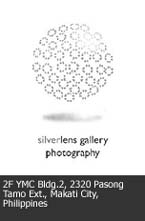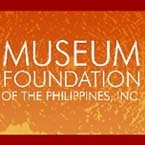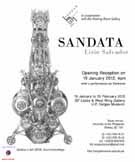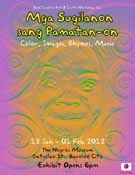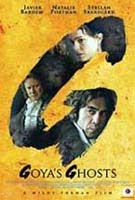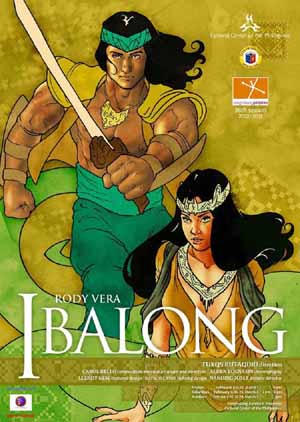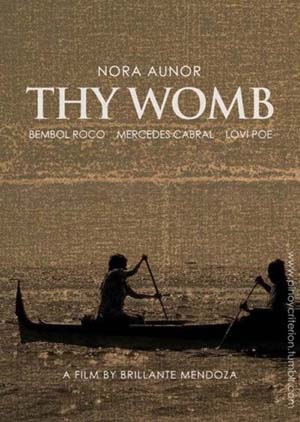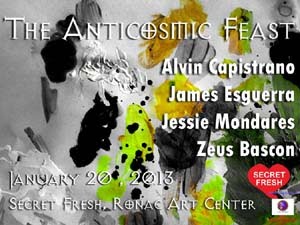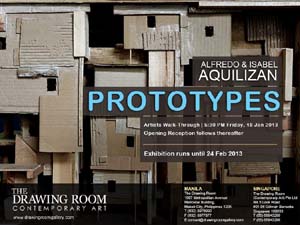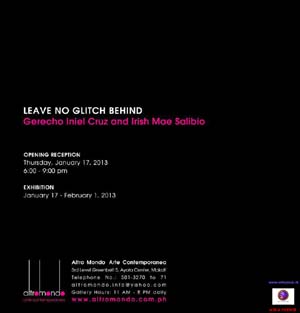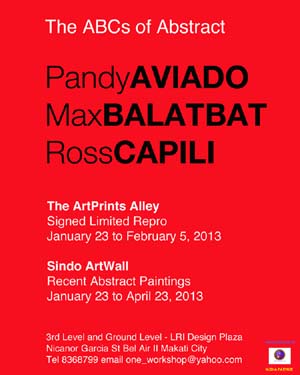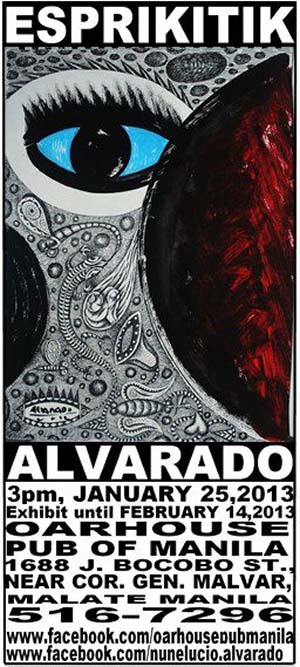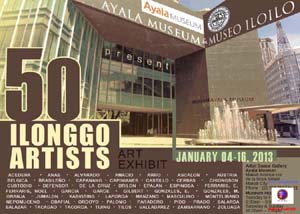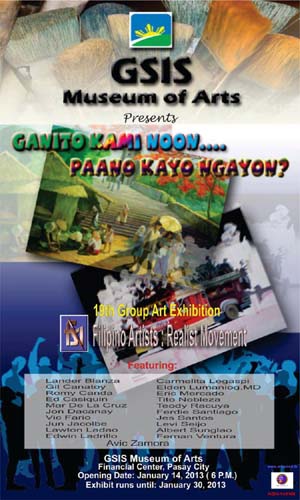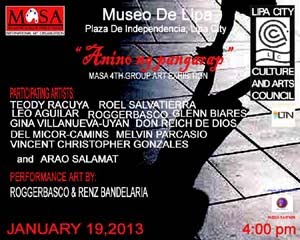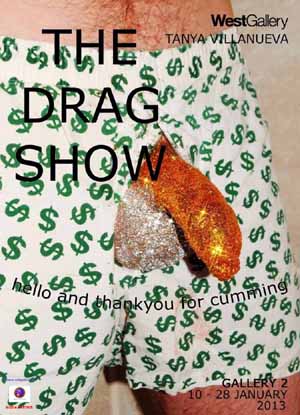
Striking Out on his Own
Success came early to Amorsolo. His professors at the University of the Philippines were quite impressed with the young painter. Some of them thought that Amorsolo’s brush work surpassed their own. Apparently they were not the only ones who had this favorable opinion of the young artist.
The artist became a professor in his early 20’s and was already establishing himself in the art world. At the age of 25, he was already married to Salud Jorge and had a daughter, Virginia, when he caught the eye of one of the most influential figures in Filipino society. Amorsolo had designed the logo for Ginebra San Miguel, still in use in its original form today, depicting St. Michael vanquishing the devil. The owner of the beverage company, Don Enrique Zobel, a leading figure in the business community and an ardent patron of the arts, was so impressed by his work that he offered to send Amorsolo to the Academia de San Fernando in Madrid for further studies with a generous stipend for himself and his young family. The artist took the standard entrance exam at the Academia. To Amorsolo’s surprise, after evaluating his work, the school informed him that, based on the results, they would accept him not as a student but as a professor at the school.
Amorsolo was a painfully shy man. After his acceptance at the Academia, a banquet was held in his honor. When he was escorted into the banquet hall, he was so nervous that he excused himself to go to the men’s room. He hurriedly went through the back door and went back to his hotel room. A school official later found him and prevailed on him to return to the banquet. He steadfastly refused. It is ironic that someone as talented and accomplished as Amorsolo was also known for his diffidence. Throughout his career, he shied away from any public event that was thrown in his honor. His confidence was almost purely reserved and confined to the practice of his trade. His precise brush work certainly shows someone who was very sure of his artistic skills. So confident was Amorsolo of his brush stroke that art conservationists have frequently been surprised at how thinly paint was applied on his paintings. It took him significantly fewer attempts, and consequently fewer layers of paint, to get the results that he wanted.
Amorsolo was by no means a Renaissance man. He had no other significant talent other than illustration and painting. Unlike artists such as John Singer Sargent, who was also an accomplished pianist, Amorsolo’s hands were permanently and solely associated with the paint brush. As a consequence of this exclusive association, the artist truly became the master of his craft.
Amorsolo eventually settled in and spent seven months in Madrid where he was able to observe the works of the masters. He visited art galleries and museums to study the works of Diego Velasquez, El Greco, Goya, Monet, Manet, Van Dyck, Sargent, and Joaquin Sorolla. It is here where he honed his skills and perfected his technique. Diego Velasquez was one of his major influences, learning from his superior brush work, painterly style, and mastery of color. He would also learn from and build upon Sorolla’s technique of utilizing the sun to draw out the most dramatic effects from the heightened sunlit colors and dramatic contrasts between light and shade. The perfection of this technique would set Amorsolo apart from his contemporaries.
Despite his exposure to Western influences, Amorsolo retained his Filipino consciousness. He was drawn more towards the gentle rolling hills and verdant rice fields of the Philippines rather than the cosmopolitan world of Europe’s proud cities. Even his illustrations of Spanish women were drawn with slender physiques, narrower hips, and smaller breasts more typical of Filipinas rather than full bodied Caucasian women.
After his stint in Madrid, Amorsolo came home to the Philippines ready to apply what he learned. His bright sunlit rural landscapes were a stark departure from the elegantly dark European style that was practiced during the time. American servicemen, officials, and businessmen sought out his paintings to bring home to the States as a token of remembrance for their stay in the Philippines. Amorsolo made his mark and carved a niche for himself in the local art scene. Demand for his chosen genre reached a high point.
Amorsolo’s first wife passed away in 1931 leaving him with six children. He had six more children by a common-law wife. In 1935, he married Maria del Carmen who gave him eight more children. Fortunately, his reputation was growing as fast as his brood and his work was more than enough to provide for his rather large family.
From Biography of Fernando Amorsolo
by Edwin A. Martinez
Up next: IN FOCUS: FERNANDO CUETO AMORSOLO (PART III)
by Edwin A. Martinez
Up next: IN FOCUS: FERNANDO CUETO AMORSOLO (PART III)




























































